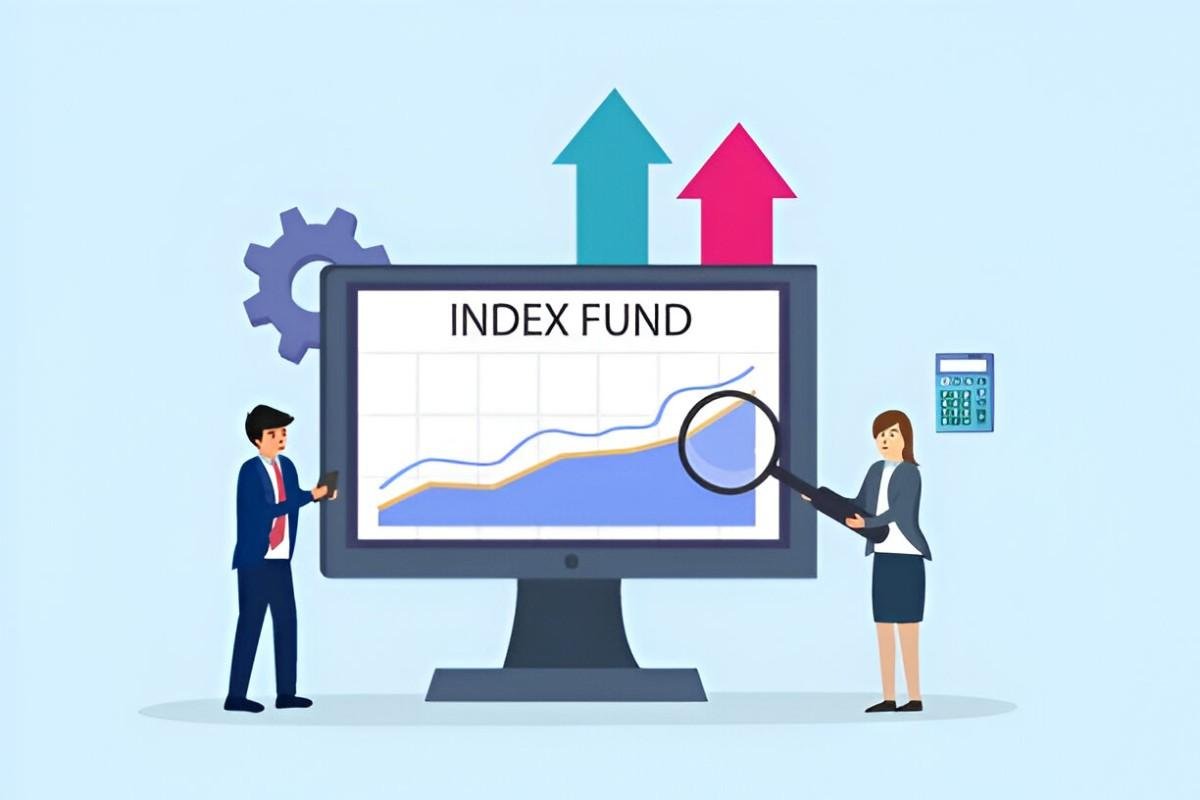Introduction
When investing, one of the most critical decisions is choosing between actively managed mutual funds and passive index funds. Both have distinct advantages and drawbacks, particularly when considering factors like performance, cost, and risk. In this article, I’ll break down how active management works, compare it to index funds, and help you decide which approach aligns with your financial goals.
Table of Contents
Understanding Active and Passive Management
1. Active Management: The Human Touch
Active mutual funds rely on portfolio managers who make deliberate investment decisions to outperform a benchmark (e.g., S&P 500, MSCI Emerging Markets). These managers use:
- Fundamental analysis (evaluating financial statements, competitive advantages)
- Technical analysis (chart patterns, market trends)
- Macroeconomic forecasting (interest rates, GDP growth)
Objective: Generate alpha (\alpha = R_p - R_b), where:
- R_p = Portfolio return
- R_b = Benchmark return
2. Passive Index Funds: The Mechanical Approach
Index funds mirror a market index (e.g., S&P 500, NASDAQ-100) with minimal human intervention. They aim to match (not beat) the market at the lowest possible cost.
Key Features:
- Low expense ratios (often below 0.10%)
- No active stock picking (holds all index constituents)
- Tax-efficient (lower turnover than active funds)
Performance Comparison: Do Active Funds Beat the Index?
Historical Evidence: SPIVA Reports
S&P Dow Jones Indices (SPIVA) consistently finds that most active funds underperform their benchmarks over long periods.
| Category | % of Active Funds Underperforming Benchmark (10-Yr Period) |
|---|---|
| U.S. Large-Cap Funds | 85% |
| U.S. Small-Cap Funds | 91% |
| Emerging Markets Funds | 80% |
Why?
- Higher fees (1%+ vs. 0.03% for index funds)
- Market efficiency (hard to consistently beat the market)
- Behavioral biases (overtrading, emotional decisions)
When Active Management Works
Despite the odds, some active managers outperform, particularly in:
- Less efficient markets (small-cap stocks, emerging markets)
- Crisis periods (managers can defensively reposition)
Example:
- Fidelity Contrafund (FCNTX) has beaten the S&P 500 over 20+ years.
- T. Rowe Price Emerging Markets Stock Fund (PRMSX) outperformed its benchmark in select years.
Cost Analysis: The Fee Drag
Expense Ratios
| Fund Type | Avg. Expense Ratio | Impact on $10,000 Over 20 Years* |
|---|---|---|
| Active Mutual Fund | 1.00% | ~$46,000 (7% return) |
| Index Fund | 0.05% | ~$38,000 (7% return) |
*Assumes 7% annual return before fees.
Key Takeaway: Even a 1% fee difference can cost investors thousands over time.
Risk and Volatility: Is Active Management Safer?
Downside Protection Myth
Many believe active managers reduce losses in bear markets. However:
- 2008 Financial Crisis: Only 39% of active large-cap funds beat the S&P 500.
- 2020 COVID Crash: Most active funds lagged the market recovery.
Index Funds Win on Consistency
- Lower turnover → fewer taxable events
- No manager risk → no style drift
Which Should You Choose?
Active Funds May Be Worth It If:
✅ You invest in inefficient markets (small-caps, EM).
✅ You find a proven manager with a long track record.
✅ You prioritize flexibility (thematic investing, ESG focus).
Index Funds Are Better If:
✅ You want low-cost, consistent returns.
✅ You prefer tax efficiency.
✅ You believe in market efficiency (most do).
Final Verdict
Most investors are better off with index funds due to lower costs and reliable performance. However, select active funds can add value in niche markets or with exceptional managers.





